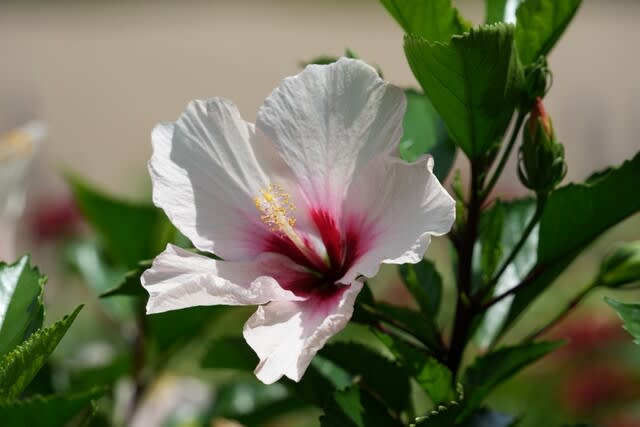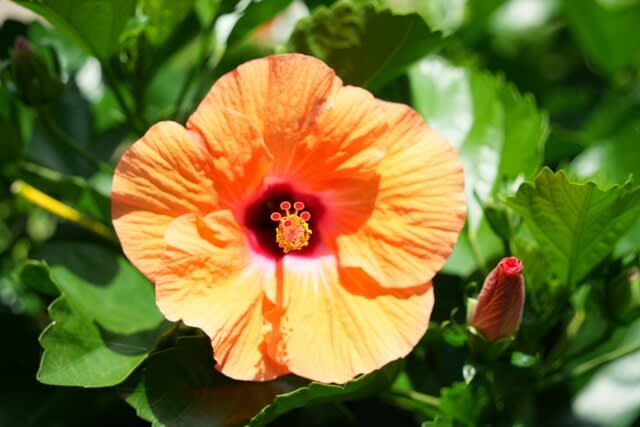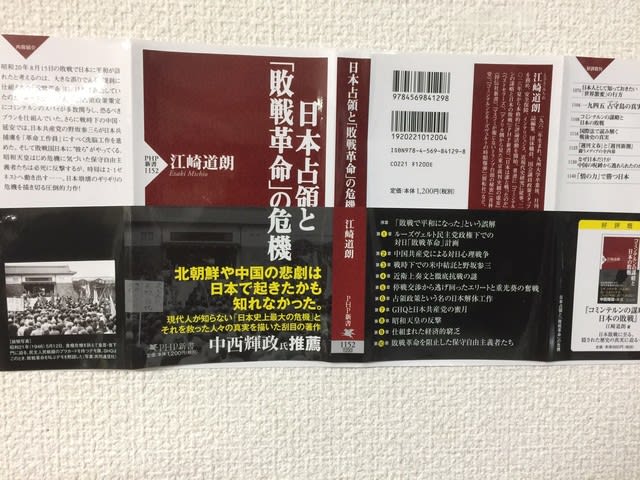In addition, the U.S. Army had so many officer deaths in the war that they did not even have time to remember the names of the officers who had arrived.
July 08, 2019
The following book by Michio Ezaki is a historical masterpiece.
It is no exaggeration to say that we need to read this book to know about Japan from the postwar period to today.
The basis of the Chinese Communist military's intelligence operations against Japan was the dichotomy (also adopted by the U.S.)...the distinction between the government and the people, with the people being right and the government being wrong....
This morning, I asked my friend, one of Japan's best readers, "Does the attitude of media such as Asahi and NHK mean that this brainwashing is continuing?"
It replied, "No, it means that they are already specialized in it."
The following is from p. 216, but please subscribe to the book at your local bookstore.
You may not fully understand the meaning of this chapter unless we introduce it from the previous chapter.
This chapter is a must-read for all Japanese citizens, especially Okinawans.
The Struggle on Iwo Jima and Okinawa Pushed Back the "Policy of Unconditional Surrender
In response to the U.S. policy of unconditional surrender, the Japanese side was determined to fight a war of all-out resistance and to work in concert with the Soviet Union.
This could have led to the Soviet Union's entry into the war against Japan and Japan's defeat in the revolution.
The crisis was resolved by the efforts of Japanese generals and civilians on Iwo Jima, Okinawa, and elsewhere.
Iwo Jima and Okinawa were important targets that would determine the success or failure of the U.S. invasion of the Japanese mainland scheduled for the fall of 1945.
However, in these two battles, the U.S. forces were met with stubborn resistance from the Japanese troops, and they continued to engage in fierce battles that were fought to the last man on the battlefield, resulting in enormous casualties.
On February 19, immediately after the Yalta Conference, the U.S. forces began landing on Iwo Jima, where the Japanese troops led by Lieutenant General Tadamichi Kuribayashi fortified the entire 22-square-kilometer island.
Even the commanding officers of the U.S. Marine Corps, who prided themselves on their bravery, were tongue-tied when they saw the meticulous preparations of the Japanese forces in aerial reconnaissance photographs.
The U.S. forces, which had planned to occupy the island within five days of the invasion, ended up fighting to the death for more than a month.
The 20,000 Japanese troops on the defensive were almost completely wiped out, but the number of casualties among the attacking U.S. forces exceeded that of the Japanese.
The Japanese forces thoroughly forced the U.S. forces to bleed.
The Battle of Okinawa was also a fierce battle that British Prime Minister Winston Churchill described as "the most intense and most famous battle in military history. The war lasted nearly four months, from April 1 (the landing on the main island of Okinawa by U.S. forces; the landing on the Kerama Islands took place on March 26) to June 22.
During this period, Lieutenant General Simon B. Buckner, the Supreme Commander of the Allied Forces in the Battle of Okinawa, was killed in action.
In addition, the U.S. forces lost so many officers in the war that they did not have time to remember the names of the officers who had arrived.
In particular, in the "Battle of Kakazu," an early battle in the Shuri Offensive, the Japanese forces defended a hilly area called Kakazu Highlands near Futenma for 16 days from April 8.
According to one theory, there were about 24,000 casualties on the U.S. side (various theories exist).
In the battles of Iwo Jima and Okinawa, the U.S. military faced brave and stubborn resistance from the Japanese Army, resulting in many casualties, and this led to growing calls among U.S. military leaders to "reconsider the demand for unconditional surrender."
"The Battle of Okinawa ended in another overwhelming victory for the Americans. The Japanese Army was annihilated, and hundreds of planes and battleships of the Imperial Navy were destroyed. However, when the operation ended, almost none of the Americans who had participated in the battle felt even the slightest euphoria. They were filled with feelings of anxiety and fear at the task ahead. If capturing one base in the Ryukyus was so hard, how fierce would an invasion of the Japanese mainland be?"
In Okinawa, in particular, the military and civilians, not only soldiers but also officials and civilians, worked in unison to resist the invasion.
This led to the expectation of strong resistance not only from the Japanese Army but also from civilians in the mainland landing operations.
Junichiro Shoji, an expert in military history research, also pointed out the following at the 2015 International Forum for the Study of War History (sponsored by the National Institute for Defense Studies of the Ministry of Defense).
"For the United States, despite the incomplete and meager preparations for a decisive battle on the Japanese mainland, the biggest problem was the possible human casualties as the landing operation on Japanese soil ("Operation Downfall") became imminent. In other words, the vast number of troops remaining and the anticipated ball-breaking attacks were a threat. In addition, it is said that around 35% of the U.S. forces deployed were killed or wounded in the bitter experience of the Japanese resistance on Iwo Jima and Okinawa. For example, on June 18, 1945, President Harry S. Truman convened a meeting at the White House to review the conduct of the mainland landings and their human cost. The meeting was divided, especially overestimates of casualties from the landings. William D. Leahy, Chief of Staff to the Supreme Commander of the Army and Navy, and others estimated that the casualty rate for the Battle of Okinawa was about 35 percent and that the mainland landings would cause similar casualties and, therefore, were not optimistic about the landings and argued for relaxing the conditions for unconditional surrender to reduce casualties."
As of February 1945, the "Weak Japan" faction, which insisted on unconditional surrender, was dominant within the U.S. government, but as a result of Japan's struggles in the battles of Iwo Jima and Okinawa, voices calling for a softer stance on unconditional surrender became more dominant among U.S. military leaders.
There are those in Japan today who coldly assert that the Japanese soldiers who died in the battles of Okinawa, Iwo Jima, and Peleliu "died in vain."
However, this is entirely wrong when one looks at the impact of these battles on the U.S. military and the Truman administration.
As the U.S. side acknowledges, the heroic and daring battles at Okinawa and Iwo Jima pushed back the U.S. policy of unconditional surrender to a great extent.
This article continues.
August 18, 2024 in Fukuyama






















